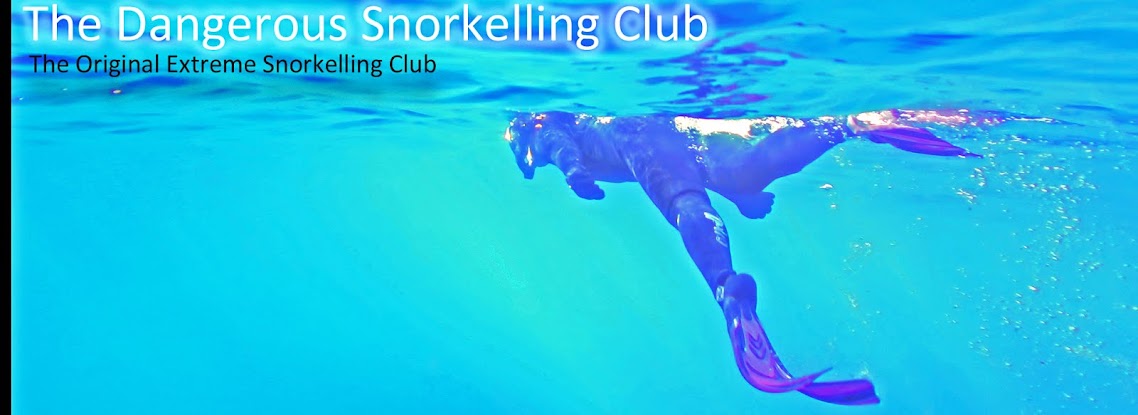 The Scilly Isles are
situated some twenty-eight miles southwest of Cornwall. The tiny archipelago is
made up of five inhabited islands and numerous other uninhabited islands and
rocky islets – around 140 in total. The large numbers of ships that have been
wrecked on the islands rocky shores make the Scilly Isles a wreck divers dream
but the islands have a lot to offer the more daring snorkeller as well. One
particular event caught our eye some time ago and made heading for the islands
a must. In January this year the local Wildlife Trust reported a large influx
of jellyfish around the Islands, particularly the Pelagia Noctiluca or Mauve
Stinger. Growing up to 10cm across the bell, these jellies (as their name
suggests) carry a painful, but fortunately not fatal, sting. Although it is not
unusual for deep water jellyfish to occasionally find their way into the local
waters, the appearance of so many at one time is rare and is believed to have
been caused by winter storms pushing the organisms that the jellyfish feed on
towards the islands. The jellyfish have followed this food source and ended up
in the shallow waters around Scilly.
The Scilly Isles are
situated some twenty-eight miles southwest of Cornwall. The tiny archipelago is
made up of five inhabited islands and numerous other uninhabited islands and
rocky islets – around 140 in total. The large numbers of ships that have been
wrecked on the islands rocky shores make the Scilly Isles a wreck divers dream
but the islands have a lot to offer the more daring snorkeller as well. One
particular event caught our eye some time ago and made heading for the islands
a must. In January this year the local Wildlife Trust reported a large influx
of jellyfish around the Islands, particularly the Pelagia Noctiluca or Mauve
Stinger. Growing up to 10cm across the bell, these jellies (as their name
suggests) carry a painful, but fortunately not fatal, sting. Although it is not
unusual for deep water jellyfish to occasionally find their way into the local
waters, the appearance of so many at one time is rare and is believed to have
been caused by winter storms pushing the organisms that the jellyfish feed on
towards the islands. The jellyfish have followed this food source and ended up
in the shallow waters around Scilly.  |
| Mauve Stingers |
Given the fact that
the influx was reported in January and we weren’t able to travel until
September you might think that the opportunity had passed, however we kept a close
eye on events and the monthly reports continued unabated and when we arrived on St Mary’s Island, the waters were still brimming with the gelatinous
beggars. After a quick perusal of the island's coastline, looking for the best
and easiest location to get in and out of the water, we headed for Pelistry Bay
on the more remote eastern shore of St Mary’s. Pelistry Bay is accessible by
footpath from the main road. A sign at the entrance to the beach warns of
strong currents and being September, the water was cold – very cold. The beach
is pure white sand and for the snorkeller, sand means poor visibility
particularly in the winter months with the large Atlantic swell and strong wave
action. Still we suited up, primed the cameras and headed into the seas
chilling embrace. Visibility was compromised but we were not disappointed, the
sea was virtually awash with Mauve Stingers along with Compass Jellyfish, Moon
Jellies and Comb Jellyfish (Sea Gooseberry).
Forty-five minutes
later we emerged cold and shivering but happy. To see so many different types of Jellyfish in one single location is something we never expected. A quick dry off and several
shots of warming tea from the thermos we headed off to the Carn Vean Cafe,
(situated on a hill by the bay) for a welcome serving of Cornwall’s famous steak
pasties. Simply perfect....
 |
| The fate of many a Jelly |





No comments:
Post a Comment